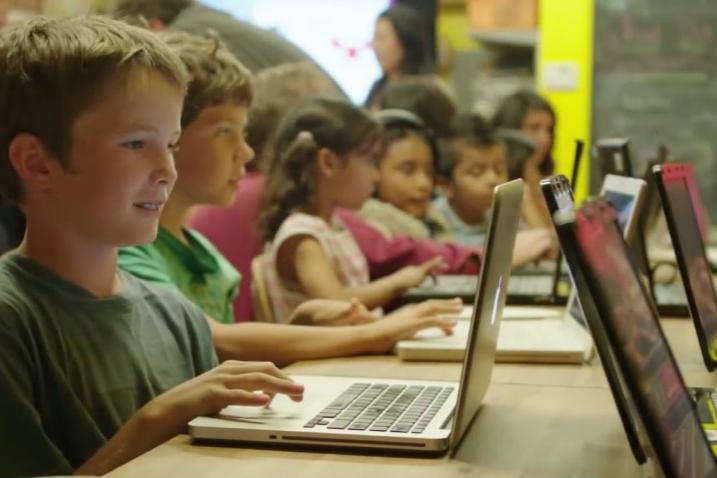
With the tech industry concerned about the lack of skilled programmers coming up through the ranks, it’s hoped that this week’s Hour of Code initiative, which is taking place as part of Computer Science Education Week, will go some way to inspire a new generation of talent.
The founder of code.org, which is organizing Hour of Code, told Cnet recently he hopes the event will help to demystify the process of computer programming and get more youngsters hooked on coding.
“The idea is to get a one-hour basic introduction to this field that’s sort of behind this veil of mystery, this veil that separates the average person from the Mark Zuckerbergs,” Hadi Partovi said, adding, “We want to break down that veil to let people take one hour to see what it’s like to write code.”
Code.org’s drive to get more people to learn how to program also has backing from the likes of Barack Obama, who, in a video posted on YouTube Sunday, told students, “Don’t just buy a new video game, make one. Don’t just download the latest app, help design it. Don’t just play on your phone, program it.”
The home pages of Web giants such as Google, Yahoo, Apple, and Microsoft‘s Bing will also highlight the Hour of Code event.
Apple and Microsoft’s involvement, however, doesn’t end with its websites – both companies are gearing up to hold special coding education events at many of their stores, with Apple’s scheduled for Wednesday at 5pm. Microsoft’s are set to take place throughout the week, so check in store or online for details if you’re interested in getting involved.
Some 33,000 schools around the world, the majority of them in the US, have pledged to teach at least one hour of computer programming to students this week, in the hope that some of those trying it for the first time will enjoy it enough to take it further.
Dropbox is donating storage space for the event this week, with CEO Drew Houston highlighting the power of computer programming in this succinct thought: “You get to write code, and then press a button, and then millions of people now have a problem that’s solved.”
Computer Science Education Week runs from December 9 through December 15, while more information on Hour of Code can be found here.
[via NYT]


